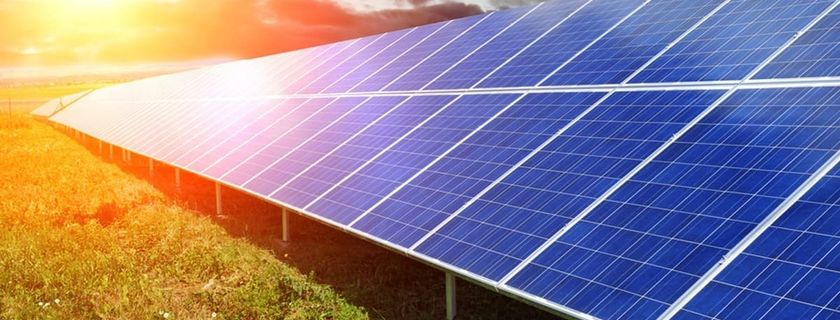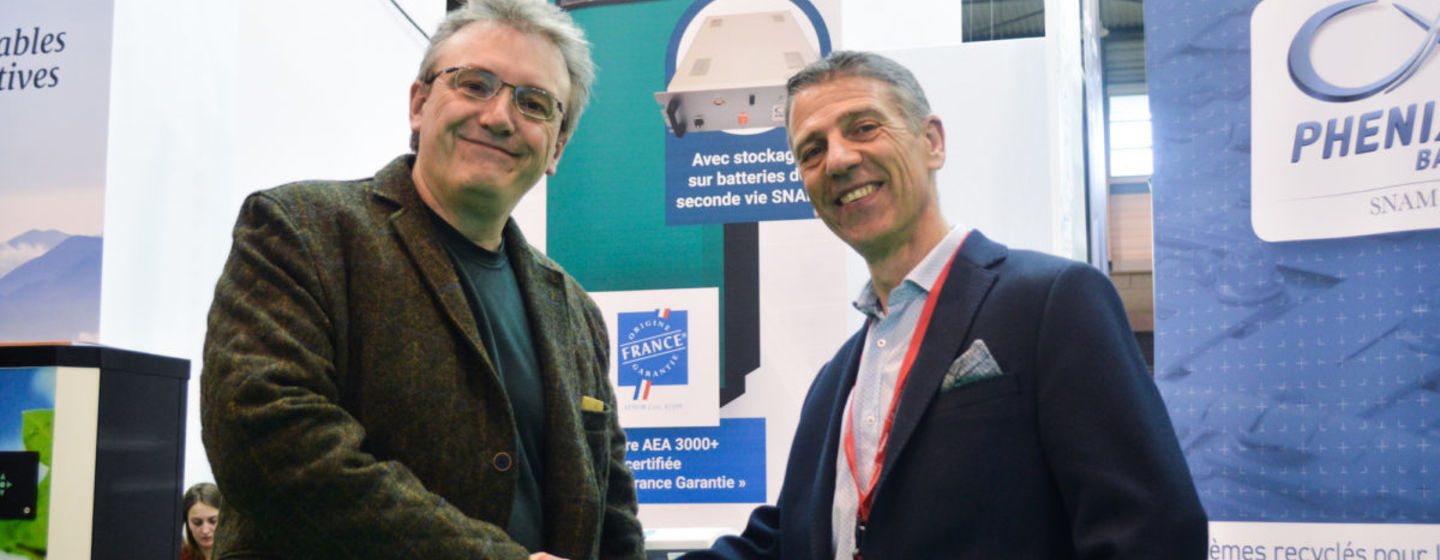
CIRCUSOL: Solar power business models towards a circular economy in Europe (PRESS RELEASE)
CIRCUSOL: Solar power business models towards a circular economy in…

Battery recycling company Snam and industrial engineering specialist Sirea, which develops self-consumption and energy management solutions, formalized their partnership at the Energaïa trade fair which took place in Montpellier. The partnership will allow Sirea to integrate Phenix batteries produced from recycled components into its self-consumption cabinet for a unique value for money to date.
Destined for the areas not connected to the network or poorly served, the Sirea’s self-consumption cabinet is based on hybrid energy production, thus energies are conventional or renewable. In the context of solar projects, Sirea has already manufactured and sold more than 300 cabinets in the past three years, both for grid-connected or off-grid PV installations.
"We also plan to collaborate on tailor-made projects, but the great interest of this partnership lies in offering a standard self-consumption solution (our AEA range) with storage on second life batteries (Snam)", says David Grand, Sirea's communications manager. "Up to this moment, we have been using conventional 2.4 kWh lithium batteries, from now our cabinets will be fitted with second life Snam batteries with a capacity of 3 kWh each.
"Getting closer to a neighbouring company such as Snam, whose battery production plant is located in Viviez in Aveyron, illustrates perfectly our values of proximity and project co-development, and allows us to offer alternatives on the French market more in line with expectations linked to sustainable development and users' energy efficiency, ”adds the company.
Snam has established an investment program of 28 million euros for the next five years with the objective to create a factory for the production of Phoenix batteries which are made from 80% recycled components from European car manufacturers including Peugeot and Toyota who manufacture in France, but also Volkswagen. Starting with a thousand batteries in the first year, a fivefold increase in production is expected each year.
The original article published in www.pv-magazine.fr can be found here.

CIRCUSOL: Solar power business models towards a circular economy in…